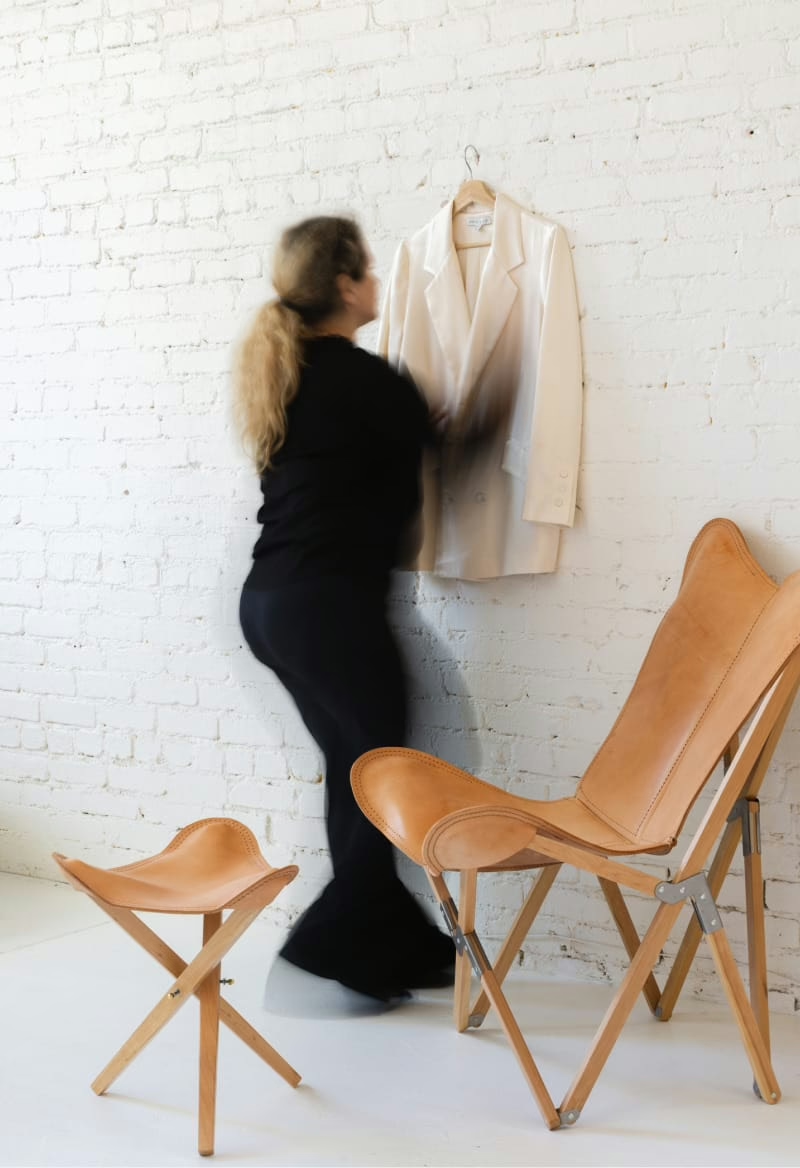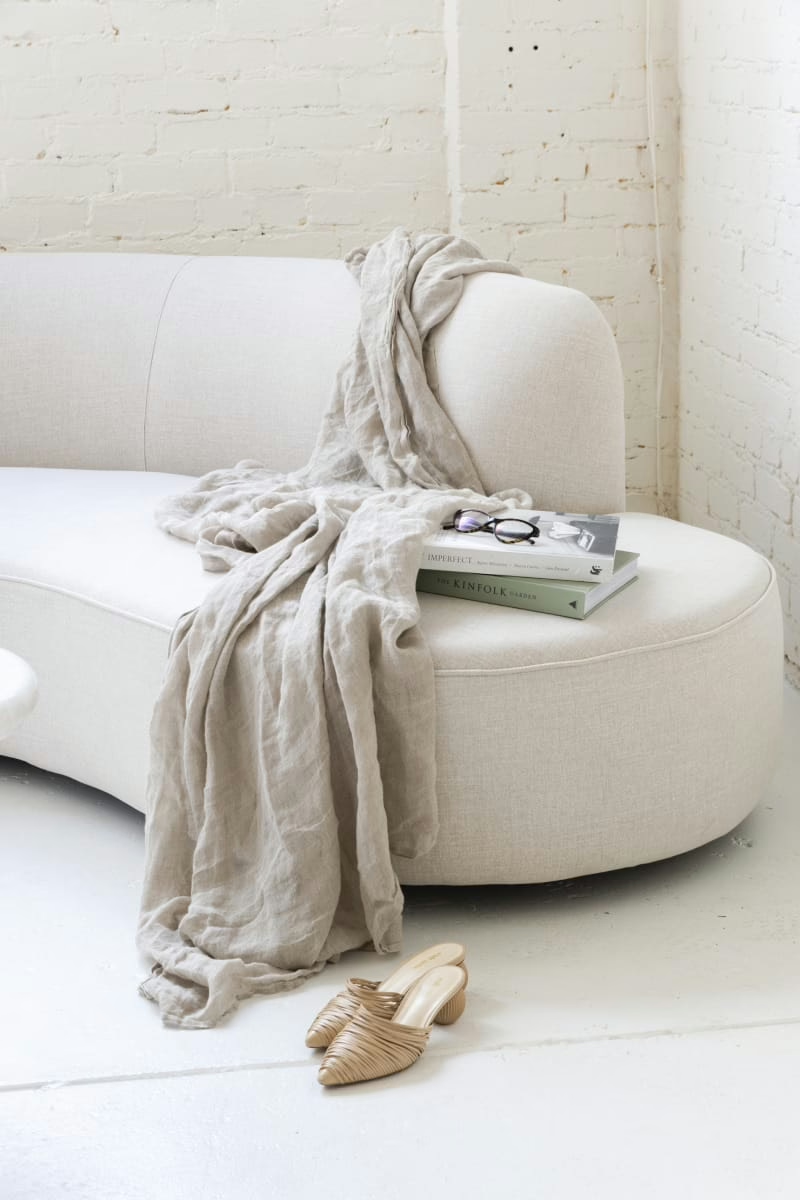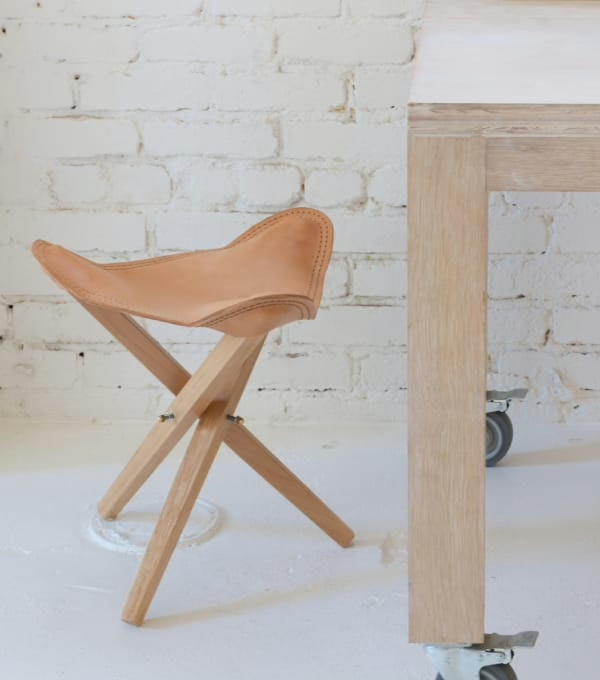Casa Ferrier
Interior Design

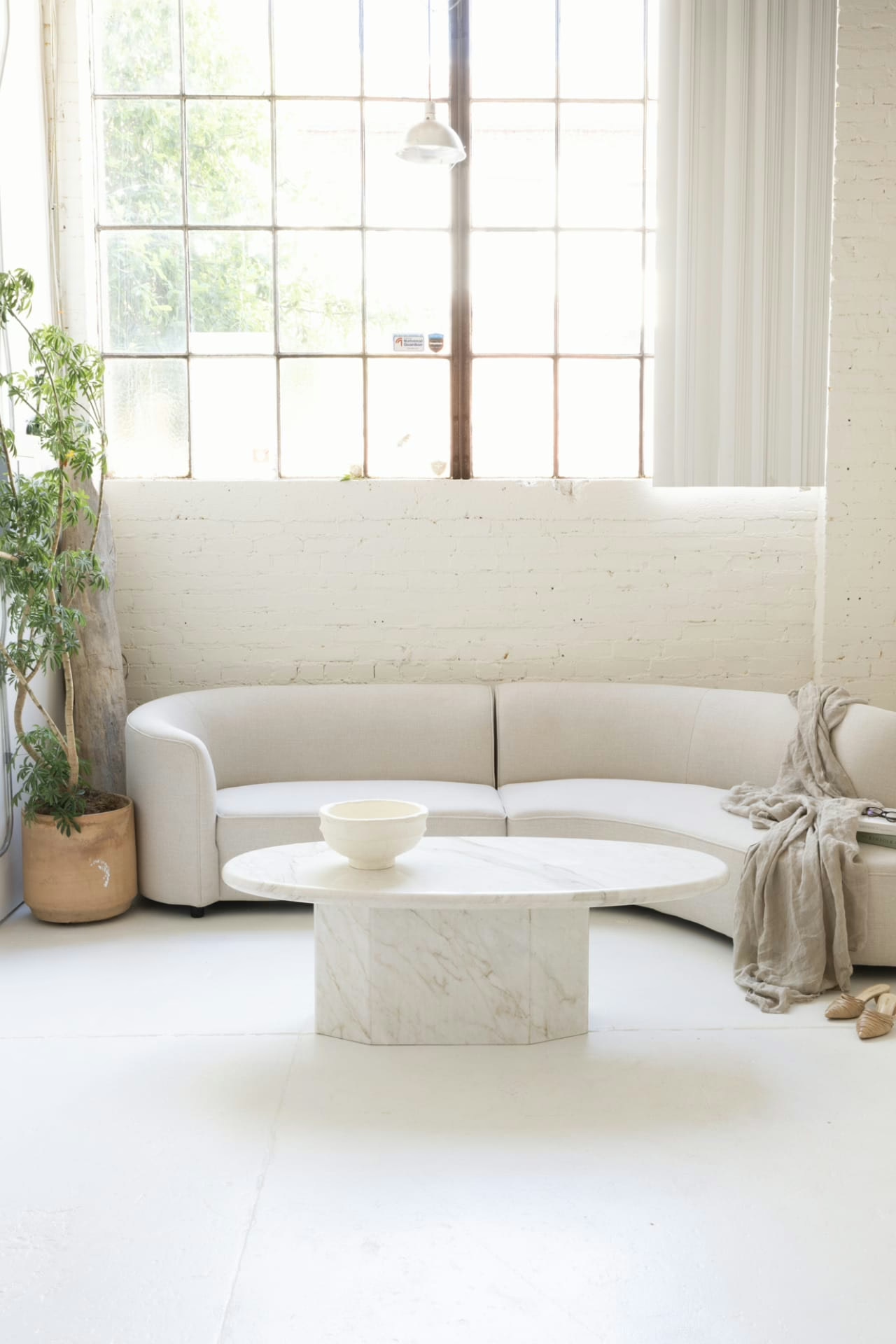
Refined design concepts and thoughtful paint palettes that create flow, balance, and a clear visual language throughout your home.

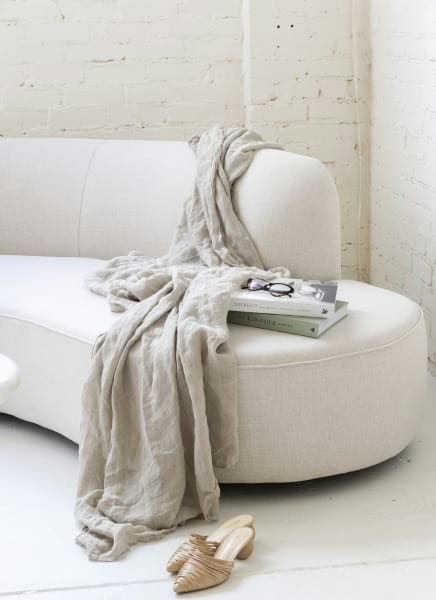
Services
Concept-Led E-Design
Curated Home Color Palettes
Room-to-Room Flow Planning
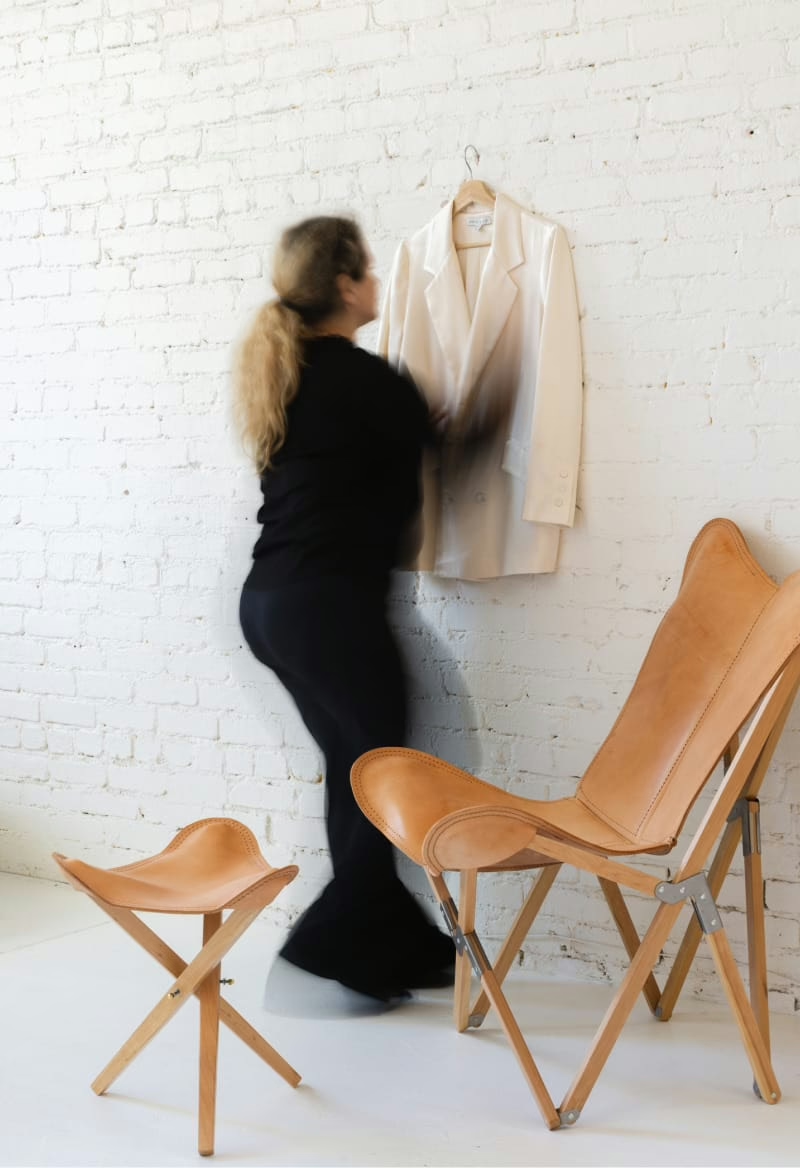
A Home That Feels Right

Most homes don’t need more stuff. They need clearer direction. I help you choose the right colors and define the structure your space is missing so your rooms feel calm and connected.
Refined.
Modern.
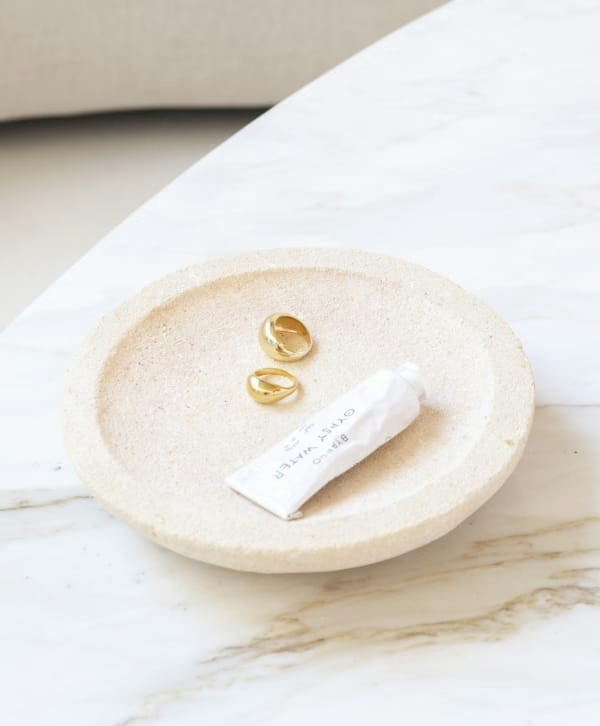
E-Design Services
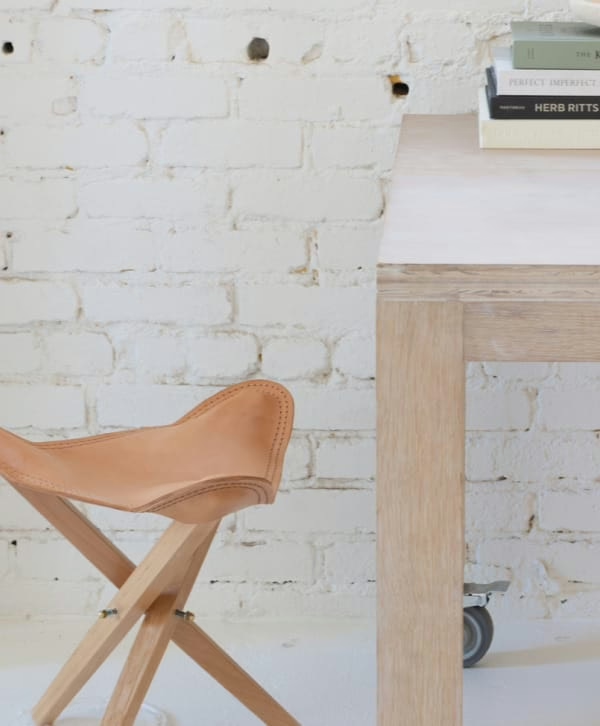
Curated Paint Palettes
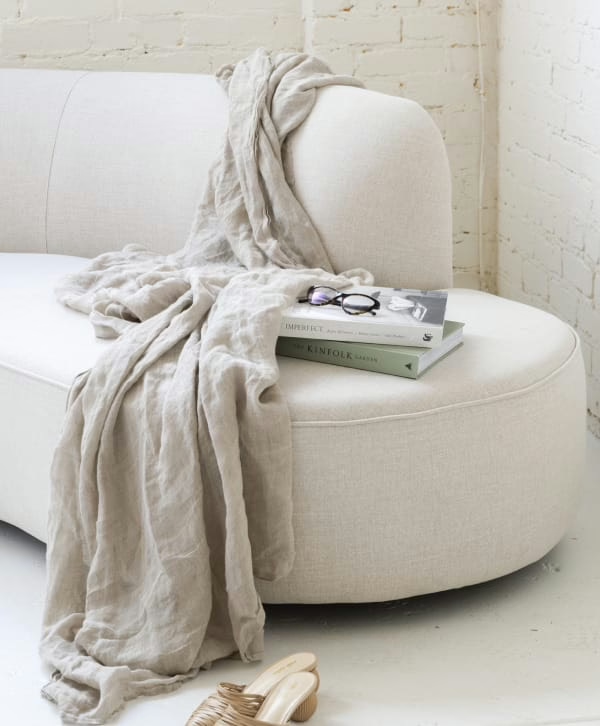
Color Flow Strategy

Living
Form. Function. Emotion.
My Approach
I focus on clarity, cohesion, and refined color direction. Each project begins with understanding the character of your home and establishing a clear design logic. This creates spaces that feel calm, considered, and consistently aligned from room to room.
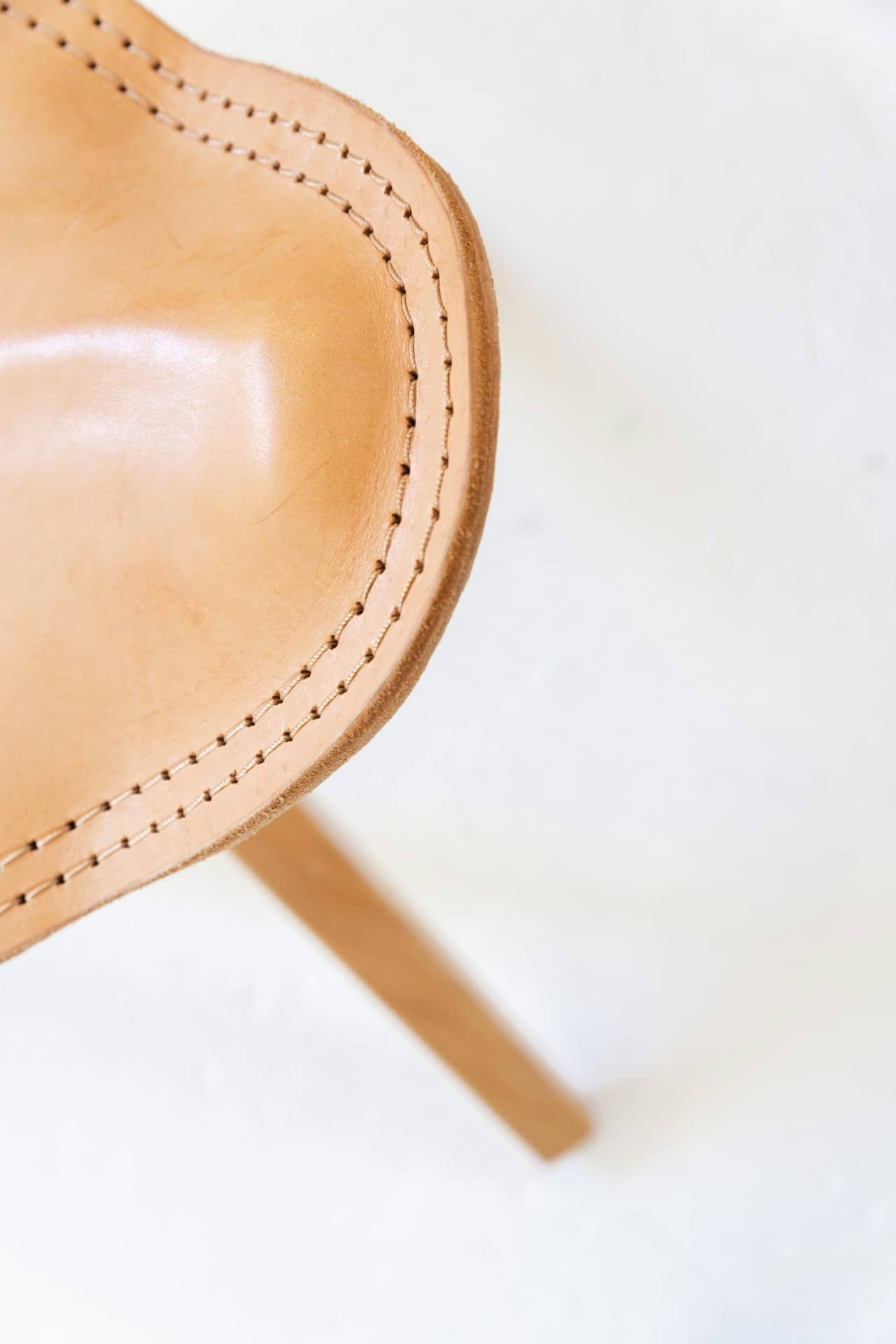
Work
Recent Projects

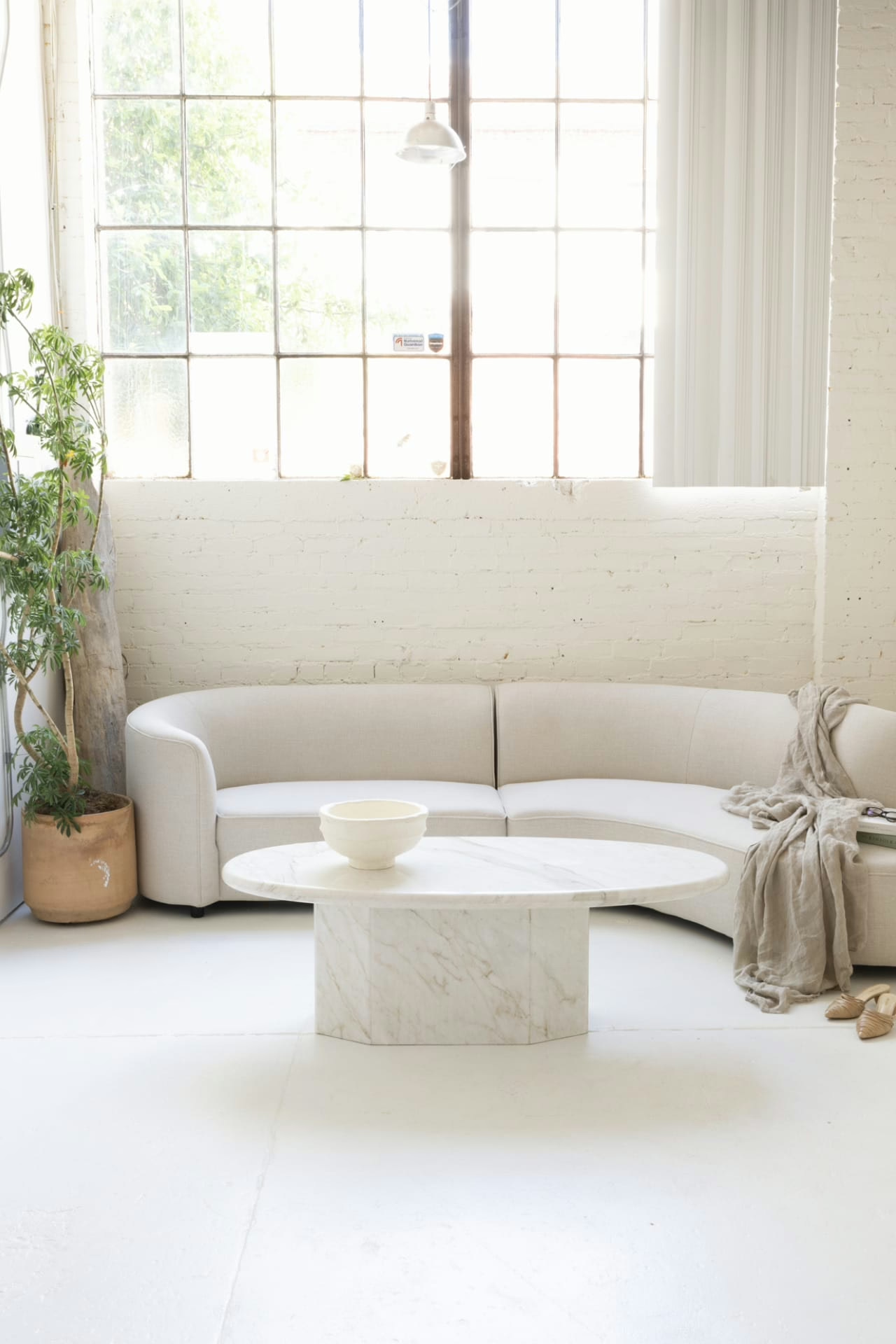
A selection of digital concepts and color plans from recent client projects.
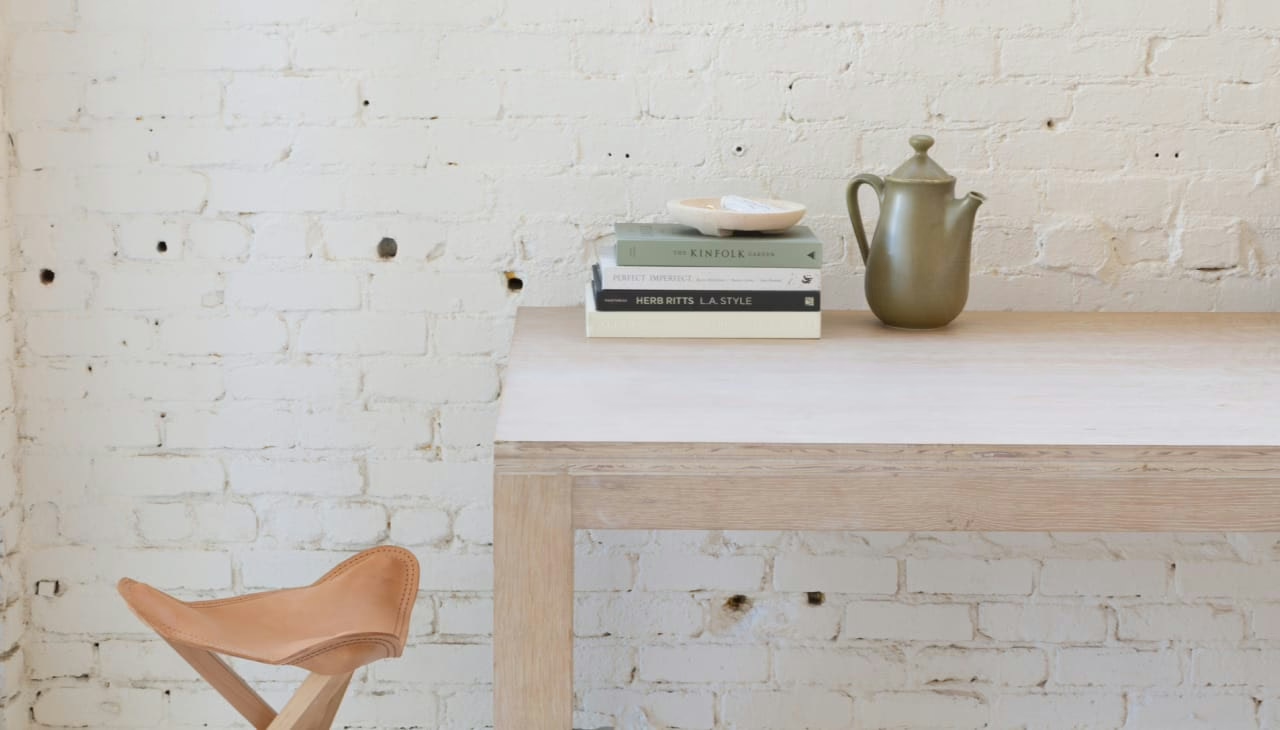
Why Color Matters
The right palette turns a room from “almost right” into a space that feels balanced, calm, and cohesive. My palettes are designed to help you choose with confidence and avoid costly mistakes.
Color
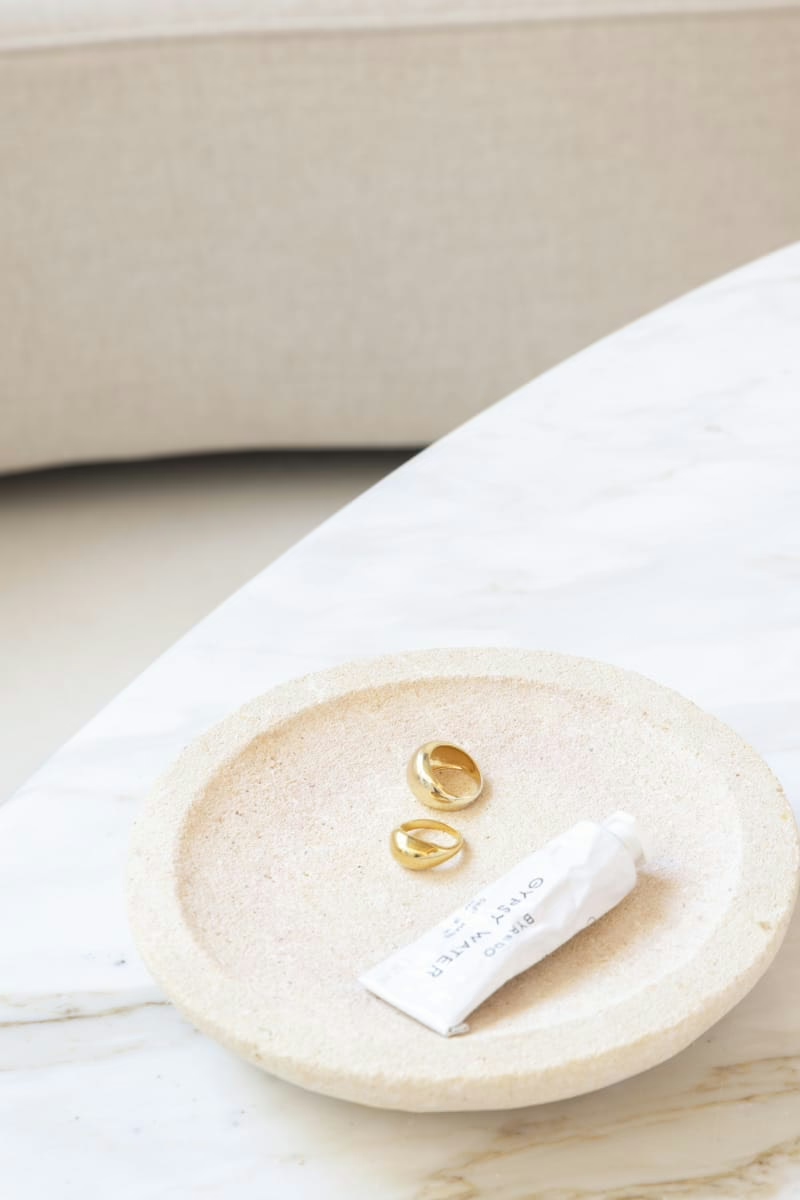
Spaces


A Palette Designed for Real Homes
Each guide includes undertone notes, pairing suggestions, and room-to-room flow direction, so your home feels aligned from the first brushstroke.
Franziska Ferrier
I’m a digital interior designer with a soft modern European approach. My work centers on thoughtful color, balanced proportion, and a clear direction that removes overwhelm. I help you create a home that feels grounded, cohesive, and quietly modern.
About
